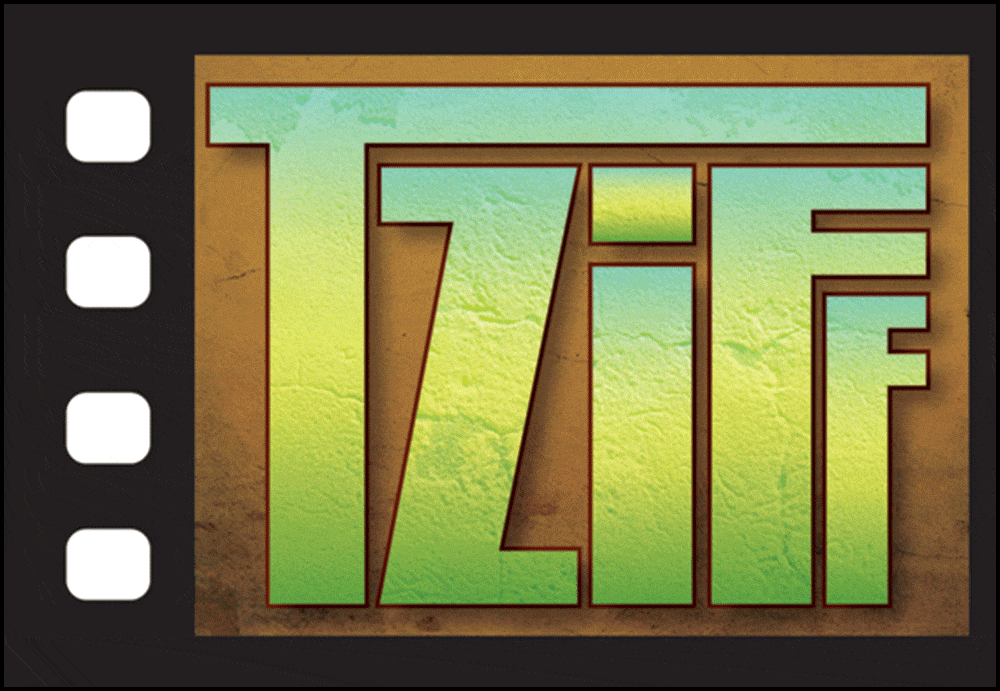<a href="https://www.studentfilmmakersforums.com/store/customer/home.php?cat=248" target="_blank"><img src="http://www.studentfilmmakersforums.com/enews/images/SF2009_March_cover.gif" alt="March 2009 Edition, StudentFilmmakers Magazine" width="180" height="230" hspace="10" vspace="10" border="0" align="right"></a>Hey Everyone! <b>Let's discuss these writing techniques and writing mechanisms</b> used to move stories forward, distinguish characters, and drive plot with <b>dialogue</b>. These tips were published in the March 2009 Edition of <I>StudentFilmmakers</I> Magazine. <br><br><b>How have you seen some of these dialogue writing techniques used?</b><br><br><I>...Let's get the conversations rolling!</I> <br><br>(1.) <strong>Vocabulary.</strong> <em>Each character</em> should have a <em>different set of words</em> they use. <br><br>(2.) <strong>Grammar.</strong> How does the character put words together in a <em>unique</em> way? <br><br>(3.) <strong>Mindset.</strong> <em>No two characters</em> view the world in the same way. Football players talk like they are always in a huddle. <br><br>(4.) <strong>Use questions to answer questions.</strong> Character A asks, “How was the party?” Character B replies, “Have you ever fallen through a skylight?” <br><br>(5.) <strong>Character avoids questions.</strong> The character <em>responds</em> with silence, changes the topic, tentatively speaks or indefinitely responds. <br><br>(6.) <strong>Character responds with <em>action</em> instead of speech.</strong> Character A asks, “How do you feel?” Character B punches a hole in the wall. <br><br>(7.) <strong>Character is in</strong> <em>own world</em>. <br><br>(8.) <strong>Character goes off</strong> on <em>tangents</em>. <br><br>(9.) <strong>Character doesn’t say</strong> what he/she really means. <em>Avoid</em> using “on the nose” dialogue, meaning characters say what they really mean. <br><br>(10.) <strong>Characters</strong> <em>interrupt</em> each other. <br><br>(11.) <strong>Character speaks</strong> <em>differently</em> around <em>different</em> people.<br><br>(12.) <strong>Character dialogue is interrupted</strong> by <em>outside interruptions</em>. Another character walks into the room, a bell goes off, the phone rings, or the door slams. <br><br>(13.) <strong>Characters who know each other really well</strong> use <em>chaotic dialogue</em>.<br><br>(14.) <strong>Character uses short dialogue bites.</strong> Keep dialogue under two screenplay formatting lines for each character <em>to avoid talking heads</em>. Beginners tend to write their dialogue too long.<br><br>(15.) <strong>Characters say</strong> things <em>difficult</em> or <em>embarrassing to discuss</em>.<br><br>(16.) <strong>Read dialogue out loud as you write.</strong> If the lines are hard to say or sound awkward, <em>keep rewriting</em>. <br><br>(17.) <strong>Make sure the first and last lines</strong> of dialogue in your script are <em>powerful and original</em>.<br><br>(Reference: Article, "17 Fast Tips for Creating Realistic Dialogue: Get Your Conversations Rolling" by Sherri Sheridan, StudentFilmmakers Magazine, March 2009 Edition, Page 16.)<br><br><strong><font color="#666666">This article may not be reprinted in print or internet publications without express permission of StudentFilmmakers.com.</font></strong>
***
***








